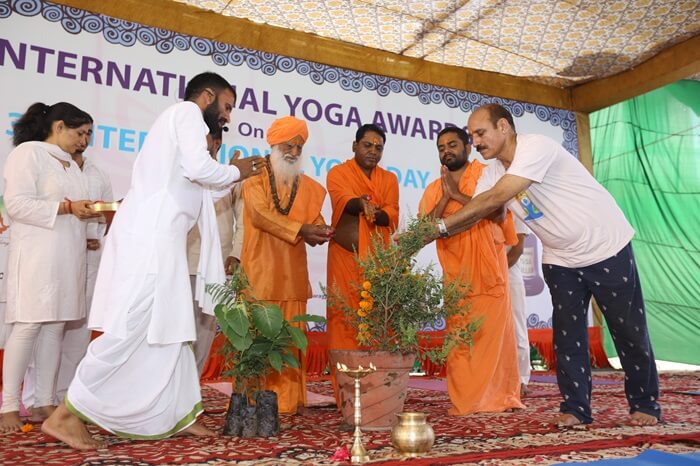Here is the complete Information of Eight Limbs of Yoga
The Eight Limbs of Yoga, as outlined in The Yoga Sutras of Patanjali, provide a comprehensive framework for living a purposeful and meaningful life. These principles not only include physical practices but also delve into ethical conduct, mental discipline, and spiritual growth. Understanding the history, significance, and practical application of the eight limbs can greatly enhance your yoga practice and overall well-being.
History of the Eight Limbs of Yoga
The sage Patanjali introduced the Eight Limbs of Yoga in his influential work, The Yoga Sutras, written around 400 CE. This text is widely regarded as one of the most authoritative sources on yoga philosophy and practice. Patanjali’s delineation of yoga into eight distinct steps or “limbs” offered a clear and structured path to self-realization and inner peace.
Significance of the Eight Limbs of Yoga
The Eight Limbs of Yoga offer a holistic approach to personal development, encompassing moral and ethical guidelines, physical postures, breath control, and meditative practices. Each limb builds upon the previous one, creating a comprehensive roadmap for achieving a balanced and enlightened life. Embracing these principles helps to purify the body and mind, leading to greater self-awareness, compassion, and inner tranquillity.
The Eight Limbs of Yoga Explained
1. Yama (Ethical Disciplines):
Yama comprises ethical guidelines governing our behavior and interactions with others, including principles such as non-violence, truthfulness, non-stealing, moderation, and non-possessiveness.

2. Niyama (Self-Discipline):
Niyama encompasses personal observances that guide our inner development, including purity, contentment, discipline, self-study, and surrender to a higher power.

3. Asana (Postures):
Asana refers to the physical postures practiced in yoga, designed to strengthen and purify the body, enhancing flexibility, balance, and overall health.

4. Pranayama (Breath Control):
Pranayama involves regulating the breath through specific techniques to calm the mind, increase energy, and improve concentration. It is a preparation for meditation.

5. Pratyahara (Withdrawal of the Senses):
Pratyahara is withdrawing the senses from external distractions, cultivating inner awareness and readiness for deeper meditation.

6. Dharana (Concentration):
Dharana focuses on a single point or object, promoting mental clarity and stability as a precursor to meditation.

7. Dhyana (Meditation):
Dhyana is the practice of uninterrupted meditation. It leads to a deep state of inner peace and awareness and enables the transcendence of the mind.

8. Samadhi (Union):
Samadhi represents the ultimate goal of yoga, a state of complete absorption and union with the divine, leading to a profound sense of oneness and inner peace.

Conclusion
The Eight Limbs of Yoga provide a comprehensive guide to living a balanced and fulfilling life. By understanding and integrating these principles, individuals can achieve greater physical health, mental clarity, and spiritual growth. This journey towards personal transformation and inner peace is enriched through dedicated practice and commitment. For those looking to deepen their practice, consider exploring 200 Hour Yoga Teacher Training in India, 300 hour yoga teacher training in India, or Yoga Teacher Training in India. Additionally, if you’re interested in a holistic approach that combines yoga with Ayurveda, check out our Ayurveda Retreat in India or Yoga Retreat in India. Namaste!
















